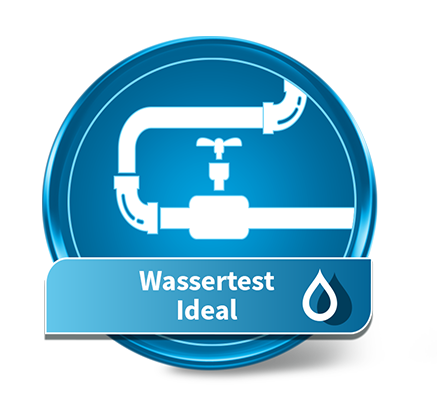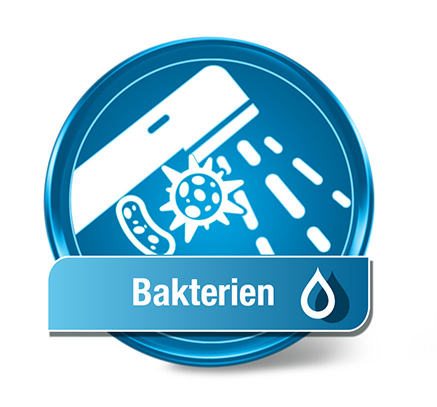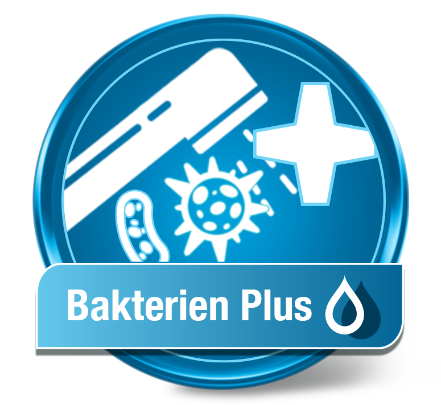Water Treatment at Home
 When cooking, preparing baby food, or brushing teeth – tap water is used in countless ways every day. Clean water is essential for health, as pollutants in water can cause health problems.
When cooking, preparing baby food, or brushing teeth – tap water is used in countless ways every day. Clean water is essential for health, as pollutants in water can cause health problems.
Why Is Water Treatment Important?
In older pipes, heavy metals can leach out. These accumulate in the body and can be harmful to health, especially for babies. Legionella in warm water can also cause respiratory diseases.
Water Softening by Ion Exchangers
During softening, water passes through a resin that removes calcium ions and releases sodium ions. The resin must be regularly replenished with regenerating salt.
Chemical and Physical Methods
Alternatively, limescale can be chemically bound, for example, with citric acid or vinegar. Physical systems prevent deposits through electromagnetic fields.
Reverse Osmosis Method
In reverse osmosis, water is forced through a membrane that retains pollutants. However, this method produces a lot of wastewater and is generally unsuitable for private households.
Filter Systems for Water Treatment
Filter systems are installed directly into the water line to remove pollutants from the water. Regular cleaning and replacement of filters are necessary.
Activated Carbon Filters
Activated carbon filters effectively bind pollutants such as heavy metals, pesticides, and bacteria. They must be replaced regularly, but they do not filter out limescale or nitrates.
Water Filter Types
Depending on pore size, there are micro, ultra, and nanofiltration, which remove various pollutants. Very fine filters can quickly clog and increase the risk of bacterial contamination.
Conclusion
There are many options for home water treatment. Depending on the pollutant load and household requirements, suitable measures should be selected and regularly maintained. The influence on taste and maintenance effort should also be considered.
✔ Heavy metals and pollutants
✔ For general drinking water, softeners
✔ Heavy metals and contaminants
✔ Separate bacteria test recommended
✔ Analysis for lead also included
✔ Separate bacteria test recommended
✔ Focus on bacterial contamination
✔ For general drinking water, softeners
✔ Most common contaminants
✔ Bacteria analysis available separately
✔ E. coli, coliform bacteria
✔ Enterococci






